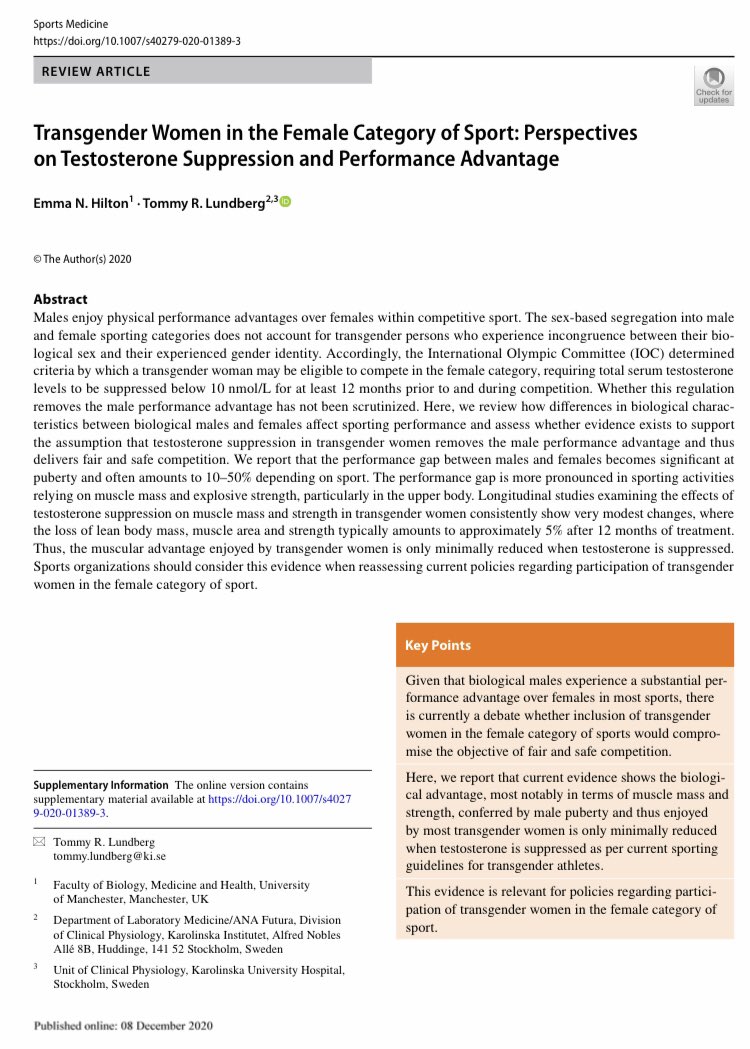
"He remembered going into the Women’s Place from when he was very small. Around about the time he was seven or eight he started to be unwelcome there. Women shoo’d him away, or stopped what they were doing.
"The Women’s Place became like the moon; he knew where it was but didn’t even think about going there.
"The Women's Place, a round bowl of a valley full of sunlight. The gardens of the women grew the things that made living enjoyable, possible and longer: spices, fruits and chewing roots. They dug up or traded plants.
"They knew the secrets of seeds and pods and things. They raised pink bananas and yams. They grew medicine here, and babies.
--------
"Mau looked at the Unknown Women. Daphne was sitting beside her, holding her hand.
They are making a Woman’s Place, he thought. The language doesn’t matter.
"Mau looked at the Unknown Women. Daphne was sitting beside her, holding her hand.
They are making a Woman’s Place, he thought. The language doesn’t matter.
"The mother-to-be was lying on a woven bed, groaning, and Daphne wasn’t sure if this was good or bad. But she was absolutely sure that Mau shouldn’t be watching her, boy or not.
"This was called the Women’s Place, and it didn’t get more womanly than it was about to be.
“Shoo out, I don’t care if you’re a human or a ghost or a demon, but you aren’t a female one.”
“Shoo out, I don’t care if you’re a human or a ghost or a demon, but you aren’t a female one.”
--------
"Maybe it was God, but that didn’t feel right. She’d listened hard for God in church. Apparently there were lesser gods here. There were no pews, no brass, but a quiet busyness, a silence of breezes.
"Maybe it was God, but that didn’t feel right. She’d listened hard for God in church. Apparently there were lesser gods here. There were no pews, no brass, but a quiet busyness, a silence of breezes.
"It *was* a sacred place, not because of some god or other.
It was just…..sacred, because it existed, because pain and blood and joy and death had echoed in time and made it so.
It was just…..sacred, because it existed, because pain and blood and joy and death had echoed in time and made it so.
--------
Listen to us girl, who can hear those who have no voices. We are the Grandmothers.
“I’ve never heard of the Grandmothers”.
Where do you think little grandfathers came from?
Listen to us girl, who can hear those who have no voices. We are the Grandmothers.
“I’ve never heard of the Grandmothers”.
Where do you think little grandfathers came from?
"Every man has mother, and so does every other mother. We gave birth to little grandfathers, and filled them with milk, and wiped their bottoms, and kissed their tears away.
"We taught them to eat, and showed them what food was safe. We taught them the songs of children, which have lessons in them.
"And then we gave them to the Grandfathers, who taught them how to kill other women’s sons.
"The ones who were best at this were preserved, but part of us remains, here in this place where we were born and gave birth, and often died.
--------
Nation, Terry Pratchett.
Nation, Terry Pratchett.
• • •
Missing some Tweet in this thread? You can try to
force a refresh





